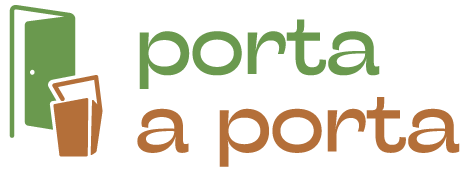Environmental results
Environmental results
From environmental goals point of view, DtD is the best waste collection system suitable to the European waste management hierarchy.
Comparative results of waste statistics for 2021:
According to statistical data from the Catalan Waste Agency for 2020, more than 60% of the PaP municipalities in Catalonia exceeded 70% of gross selective collection and almost 90% exceeded 50%
Gross selective collection in 2021 in PaP municipalities in Catalonia:
Official data for DtD systems – published by Catalonian Waste Agency – shows how selective waste collection goals are achieved and overcome for every waste fraction (organic waste, galls, paper and cardboard, can and packages, etc.) and also globally. The waste management goals are not utopian, Dtd achieve and overcome them.
Selective waste collection rates could get 90%
Dtd’s local authorities achieves selective waste collection rates between 60-85 %, in most cases. These local authorities had previous lower rates: less than 30. These rates are achieved in just some weeks.
This great change is possible, immediate and, most important, sustainable in time. This fact shows how citizen habits and manners are consolidated.
Organic waste collected overcome more than 250 grams per inhabitant and day. Quality rates could achieve 99%.
Municipalities with a PaP collection service usually achieve higher quantitative rates of selective FORM collection, in excess of 250 grams per inhabitant per day. In terms of quality, it has also been seen to be significantly higher in municipalities with selective PaP collection, with average values of less than 10% of improper or reaching almost absolute purity in the case of using compostable bags.
On the other hand, the experiments carried out so far show that the PaP collection system is the one that manages to reduce the amount of fraction remaining generated more significantly.
DtD systems data
Organic waste is usually collected three or four times per week. Rest waste is only collected once or twice per week.
Municipalities based on the number of fractions collected PaP:
Municipalities based on the number of fractions collected PaP:
Regarding the collection schedule, 62% of door-to-door municipalities have night collection
The possible increase in costs of the selective collection PaP is amply compensated by the savings in treatment and by the greater income obtained.
Several factors explain this favorable economic balance: the reduction of the frequency of collection of the remaining fraction, the redistribution of resources in order to increase the uptake of organic matter, the use of non-compacting vehicles, the disappearance of maintenance costs. , cleaning and replacement of street containers and the tendency to increase the costs of finalist treatments and, in parallel, to increase revenue from recycling.
Many municipalities also promote or even force the use of the compostable bag. The use of compostable bags also leads to a lower cost of treatment and a higher quality in the final compost. A FORM of high quality and with a very low percentage of impurities is compatible with a biological treatment of maximum technological simplicity and, consequently, of lower investment cost.
